Controlling the temperature of your basement is an important step in changing it into a comfortable area. However, you'll need more basement insulation to keep temperatures in check. But what is the best insulation you could install in your basement? We researched this subject matter and here is what we found.
Spray foam is the best type of insulation for basements and moist regions. However, there are still other insulating materials that you can use in basements including foam board and fiberglass. Remember, the best basement insulation relies on some factors, including whether you're insulating the ceiling or wall.
Now, you may wonder what these materials are and their pros and cons? What R-values should your basement insulation have? How can you best insulate the basement walls and ceilings? Keep reading to know the answers to these questions!
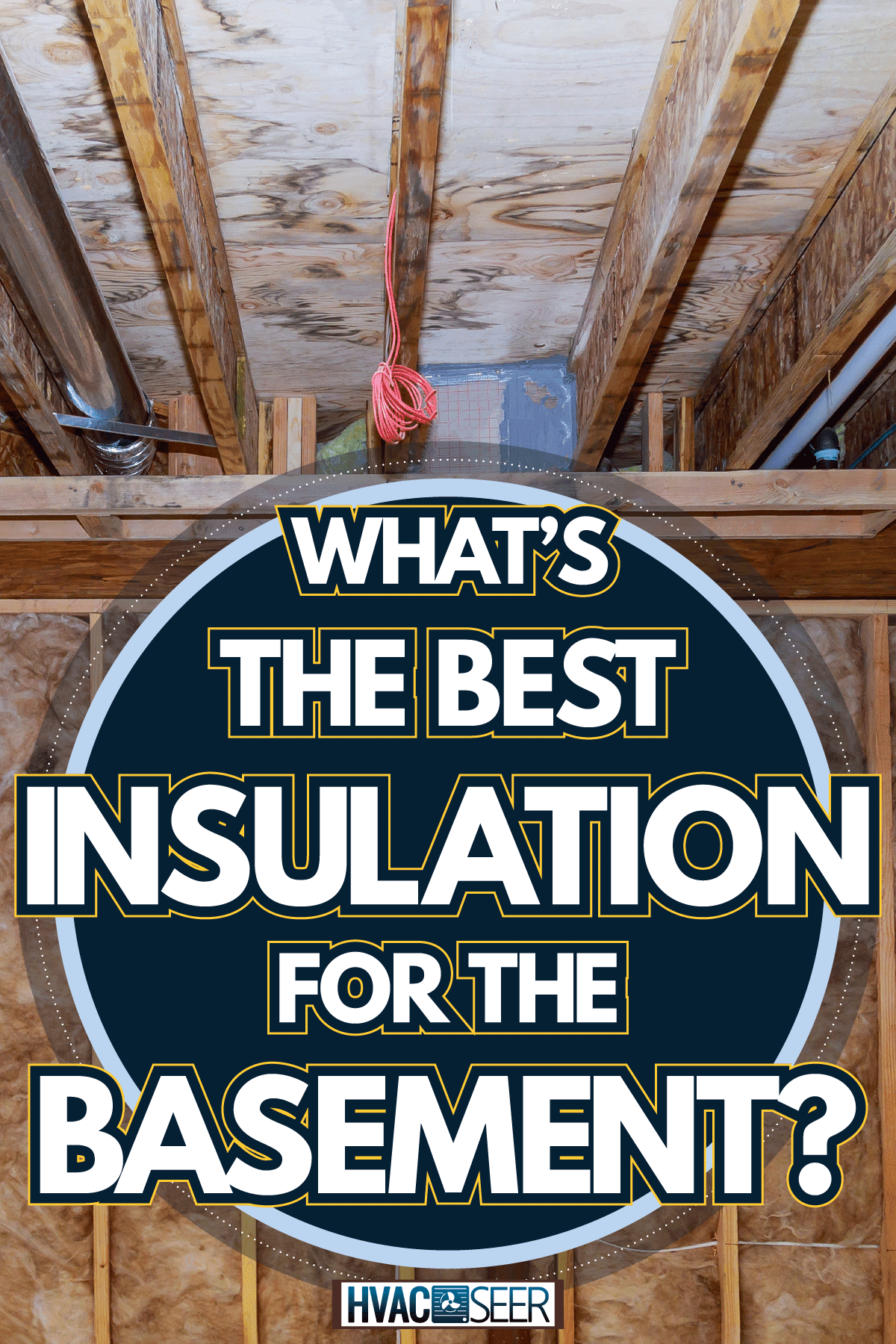
What You Should Know About Spray Foam Insulation
This type of insulation is frequently recognized as the most effective insulation technology for basement walls. This type of insulation also acts as an air barrier that is used to keep air out of walls, floors, and ceiling cavities including areas around electrical fixtures.
This insulation material also maintains its shape permanently. Unlike standard insulating materials, this form of insulation fills fractures, gaps, nooks, and crannies during installation. Over time, it will not compress, settle, or sag.
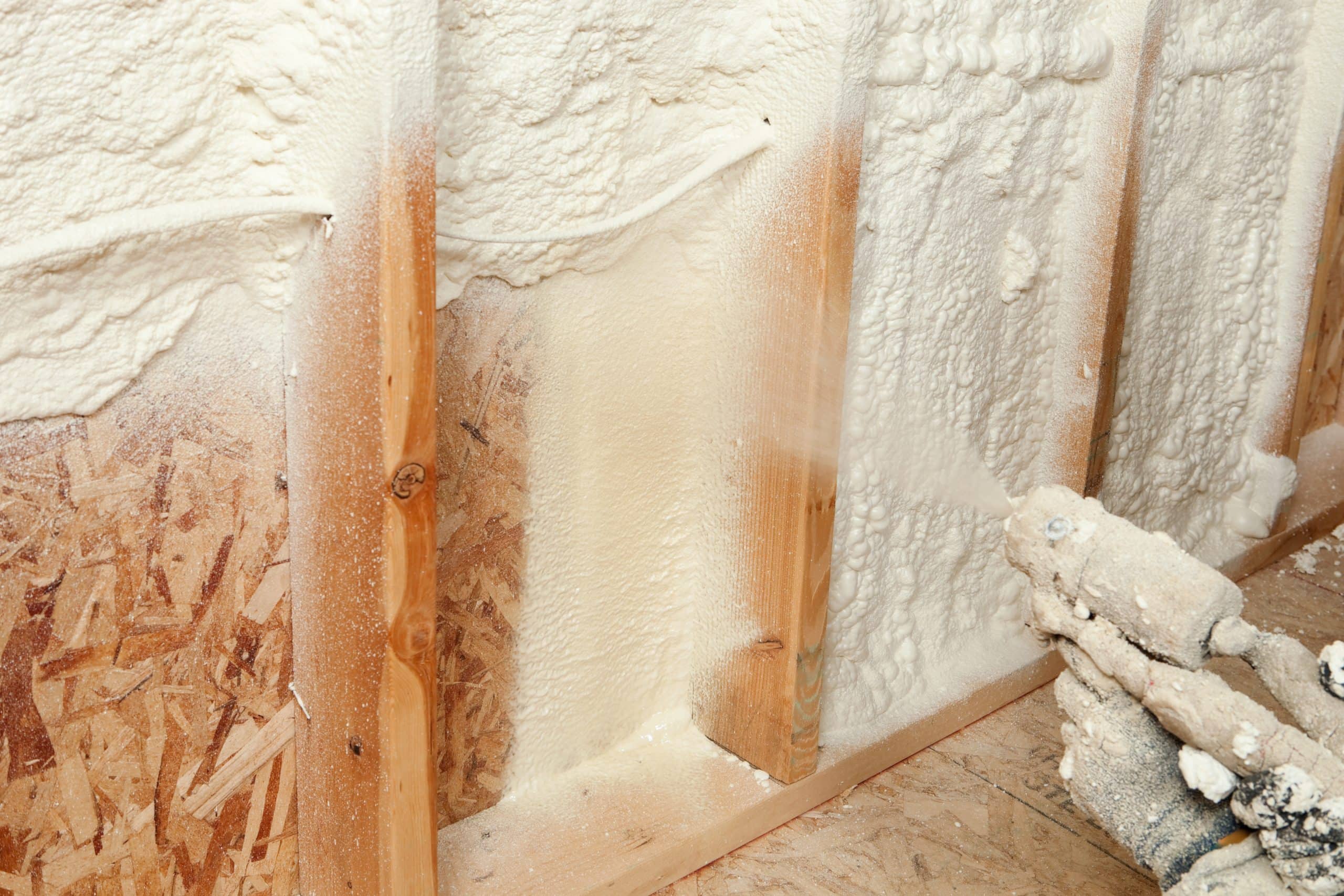
What Are The Pros And Cons Of Using Spray Foam Insulation?
Here are some advantages and disadvantages of using spray foam insulation:
Pros
- Saves cost from energy bills due to its air locking feature.
- Prevents condensation on basement walls.
- Prevents ice dams during wintertime.
- Inhibits mold growth.
- Reduces airflow and stops drafts and cold floors.
- Prevents noise from entering the house.
Cons
- Costly.
- Not suitable for vast spaces.
What Are The Types Of Spray Foam Insulation?
This insulation material comes in two varieties: closed-cell and open-cell. The physical nature of the foam that occurs after installation distinguishes between these two.
Open-cell Spray Foam Insulation
This type is a lightweight, malleable insulation material that works well in attics, rim joists, crawl spaces, and open wall cavities. This insulation is noted for its ability to maintain a steady home temperature while also producing an air seal.
So, how exactly does spray foam insulation work? By minimizing air loss, open-cell spray foam helps to improve housing energy efficiency. They expand 100 hundred times, covering all gaps and crevices, and restricting air movement around the area of application.
Closed-cell Spray Foam Insulation
This form of insulation is used to establish a continuous air seal. Closed-cell insulation can be used to seal open holes in existing homes, new residences, and commercial areas.
Can You DIY The Installation Of Spray Foam Insulation?
Yes, you can. There are DIY spray foam insulation kits available on the market. If you want to do a DIY installation of spray foam insulation, here are some tips that might help you:
- Cover the surrounding area with newspaper or drop cloth.
- Wear proper personal protective equipment.
- To speed up the curing process, mist the drafty region with water before and after foaming.
- Never spray on a surface with more than 20% moisture content; the foam will not adhere.
- In case you overfill an area, use a serrated utility knife to cut away the excess foam once it's dried.
- Allow the sealant to expand by filling the gaps slightly less than halfway.
- Trim the straw down till you can spray foam again if the foam in the straw applicator hardens.
- Put a plastic cover on doors and windows.
Click here for this spray gun on Amazon.
What Is Foam Board Insulation?
Foam boards, which are hard insulation panels, can be used to insulate practically any portion of your house, from the roof to the foundation. They're great for external wall sheathing, interior basement wall sheathing, and unique applications like attic hatches.
Rigid foam board insulation is available in several thicknesses, lengths, and facings, allowing it to be tailored to your project's needs. Some foam board types even feature a white foil vapor barrier on each side to prevent water from passing through, which also prevents mold from growing.
The most popular materials used to manufacture foam board insulation are:
- polystyrene;
- polyisocyanurate; and
- polyurethane.
What Are Pros And Cons Of Foam Board Insulation?
Here are some pros and cons when you use foam board insulation:
Pros
- Water-resistant
- HCFCs are not used in expanded polystyrene insulation production
- Relatively cheaper
- DIY friendly installation
Cons
- Needs special cuts to fit some areas
- Expanded polystyrene insulation can't inhibit the growth of molds and mildew
- Polyisocyanurate boards' insulating abilities diminish over time
- More expensive compared to traditional insulation materials
How To Install Foam Board Insulation?
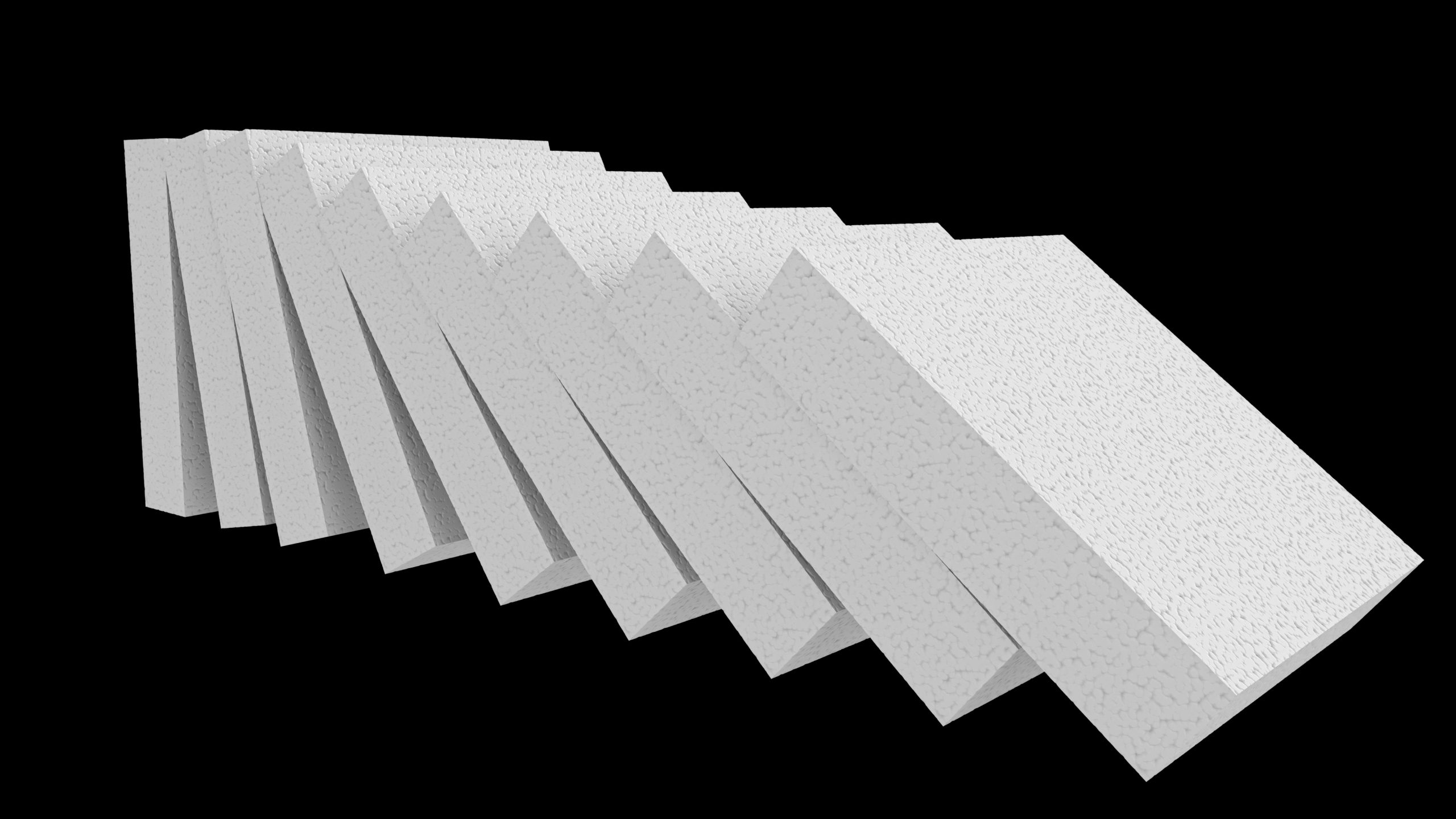
Before you start installing your foam boards, make sure to clear the installation area from obstructions.
So now, to install foam board insulation you can follow these steps:
- Calculate the installation area.
- If you install them in between studs, measure the bay area individually.
- Cut the foam to the desired size.
- Firmly fit the foam into the wall.
- Seal the gaps with low-expanding sealants.
What Is Fiberglass Insulation?
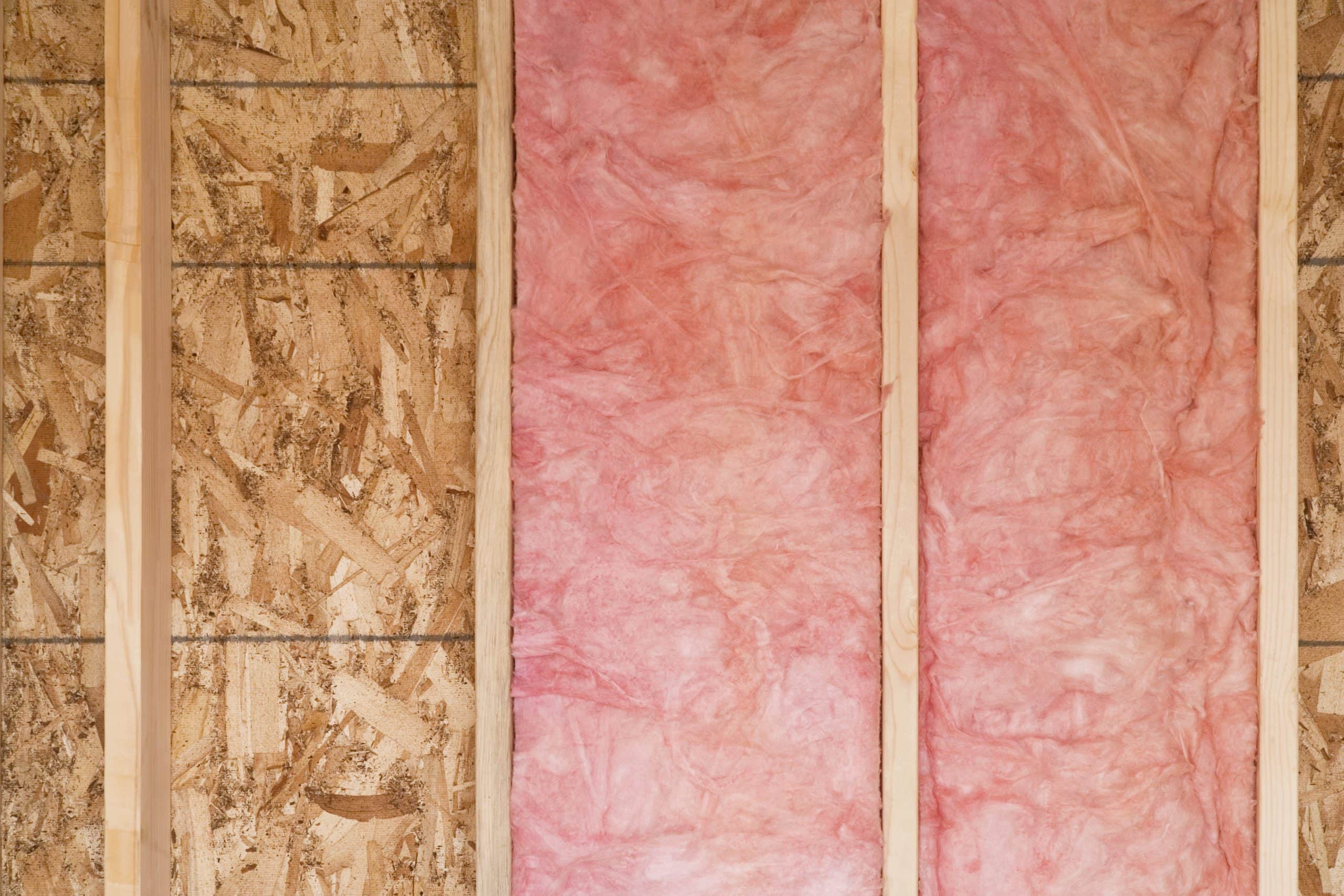
Fiberglass is made out of very fine glass fibers. This insulation material can be applied as:
- batts,
- rolls, and
- loose-fill insulation.
It is currently available as a medium and high-density fiberglass batt insulation with a greater R-Value than regular batt insulation. Unfinished walls, floors, and ceilings can all be covered with fiberglass.
Fiberglass as an insulator reduces the propagation of heat, cold, and sound in structures by trapping pockets of air. In the winter, this keeps the rooms warm, and it keeps them cool in the summer.
What Are The Pros And Cons Of Fiberglass Insulation?
To know more about fiberglass insulation, here are some pros and cons of this insulation material:
Pros
- Affordable
- DIY friendly
Cons
- Holds moisture which can lead to mold and mildew growth
- Dangerous when inhaled
What Is The Recommended R-Value For Basement Insulation?
One of the most important factors to consider when installing basement insulation is the R-Value required for the project. Greater energy efficiency is achieved by using insulation products with higher R-values.
So what R-value is good to use for basement insulation? For most regions, R-11 is recommended. While R-15 is recommended for northernmost areas.
Now, let's take a look at the R-values of spray foam, foam board, and fiberglass insulations.
- Open-Cell Spray Foam Insulation- 3.5 per inch
- Closed-Cell Spray Foam Insulation- 6.5 per inch
- Foam Board Insulation- 3.6 to 4.2 per inch
- Fiberglass Insulation- 2.2 per inch
To learn more about basement insulation R-values, you can read this article on this page: What R-Value Insulation For Basement Walls?
How Long Does Basement Insulation Last?
One of the most long-lasting, efficient, and dependable types of home insulation available is spray foam insulation. It has the potential to endure a lifetime or perhaps longer. It does not move and normally stays put until manually removed because it is mold resistant and does not hold moisture.
On the other hand, because it is both functional and cost-effective, fiberglass insulation is a popular choice. In most houses, it can survive 80 to 100 years before needing to be rebuilt if it is not damaged. After 15 to 20 years, however, insulation from fiberglass batts may begin to break out.
Meanwhile, rigid foam insulation has a lifespan of 100 years or more due to its stiffness and water resistance. To reap the benefits of this product's durability, proper installation is required.
What Are The Factors Affecting The Longevity Of A Basement Insulation?
Any of the following circumstances can shorten the life of your insulation and requires its replacement:
- Mold and mildew growth.
- Punctured insulation.
- Dirty and dusty insulation.
- Type of insulation material installed.
When Should You Replace Your Basement Insulation?
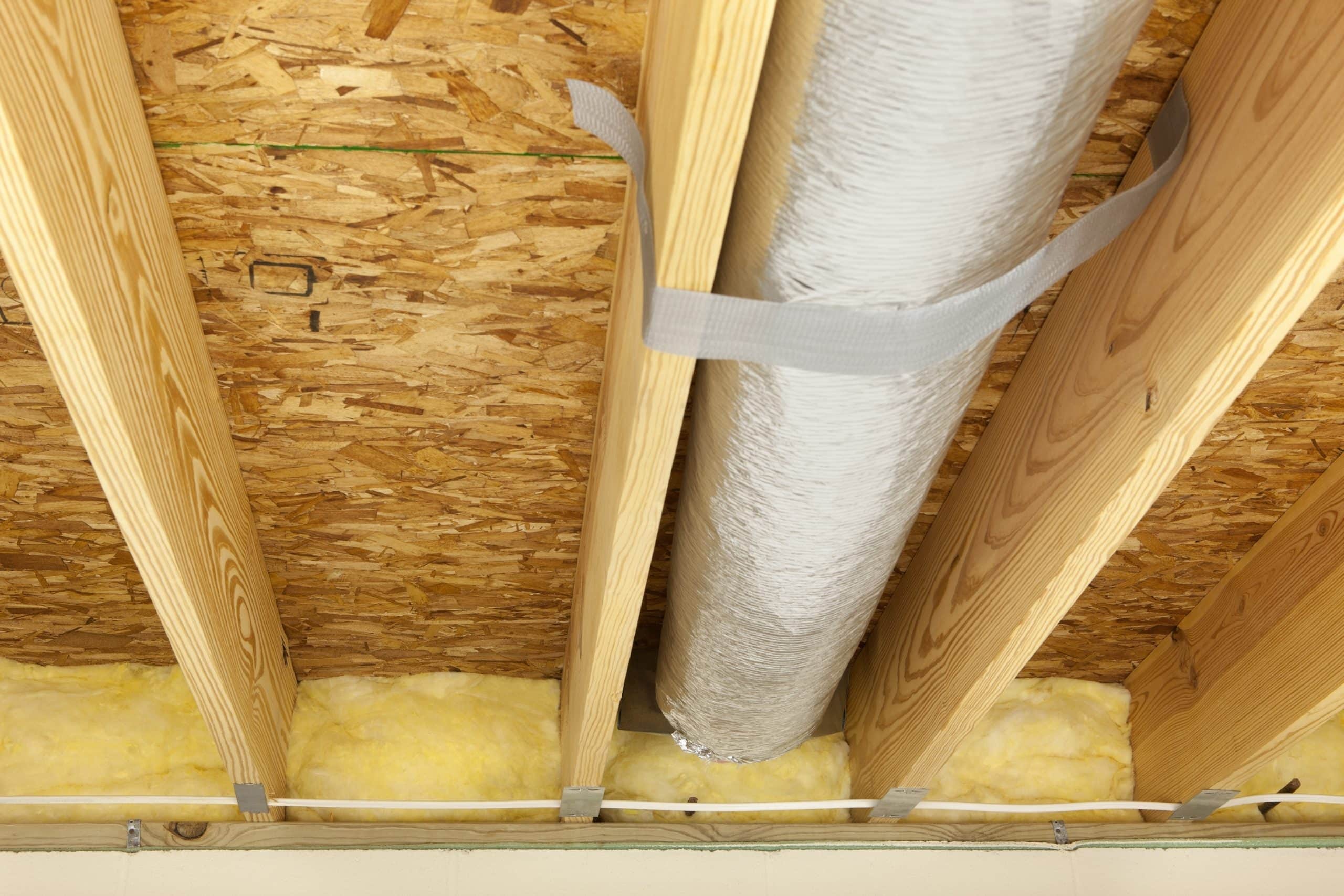
Interior wall insulation of basement with fiberglass of house with insulation material
Here are some signs that your basement insulation needs to be replaced:
- The uneven temperature in the room
- The atmosphere inside is drafty
- High energy bills
- Moisture build-up and leaking are frequently happening
- Problems with mold, mildew, and other insects
- Insulation materials become brittle and break easily
What Problems You Might Encounter With Your Basement Insulation?
When your basement insulation is not properly installed or is not thick enough, these problems might occur:
- Mold and mildew growth
- Cold floors
- Pipe freezing and bursting
- HVAC system will blow cold air during winter
In Closing
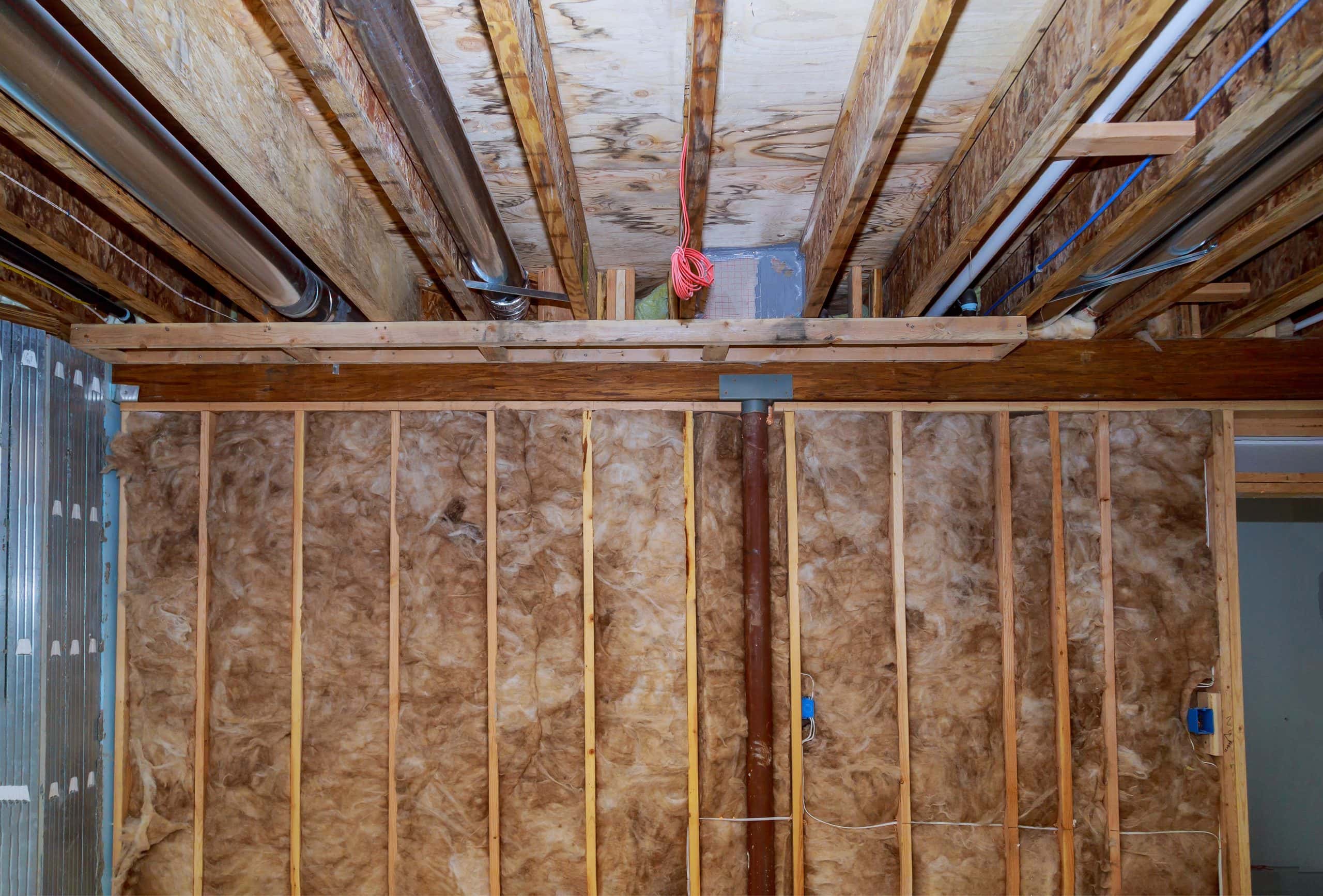
Many homeowners tend to ignore the importance of insulating basements. A well-insulated basement space can significantly cut heating and cooling expenditures, better balance heating and cooling cycles from one season to the next, and prevent mold and mildew growth.
Insulating your basement with spray foam insulation is the best choice because of its air locking mechanism and high R-value which saves you more on your energy cost. In addition, it also offers safety from mold and mildew growth.
Before you go, you can check these articles to learn more about basement insulations:

